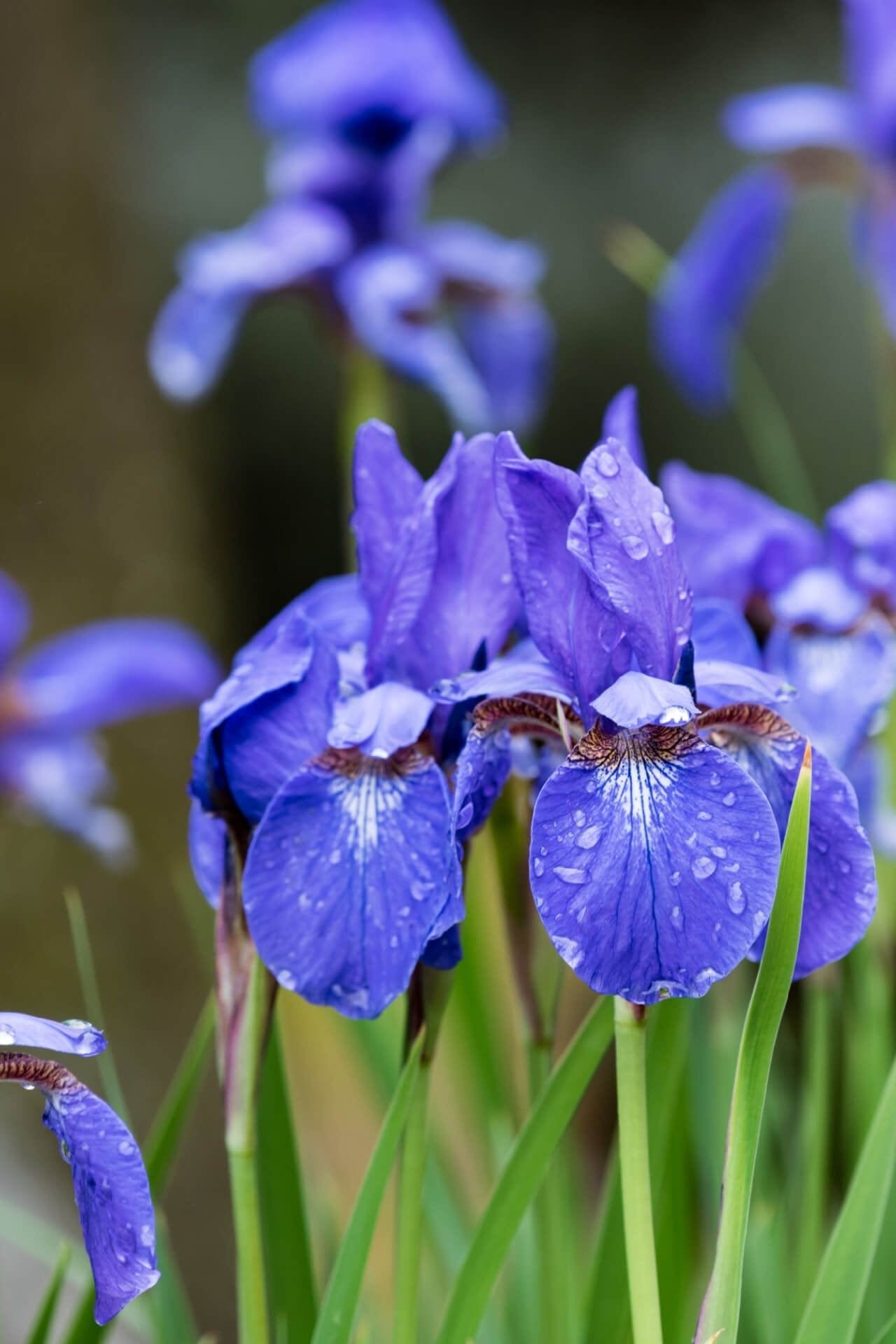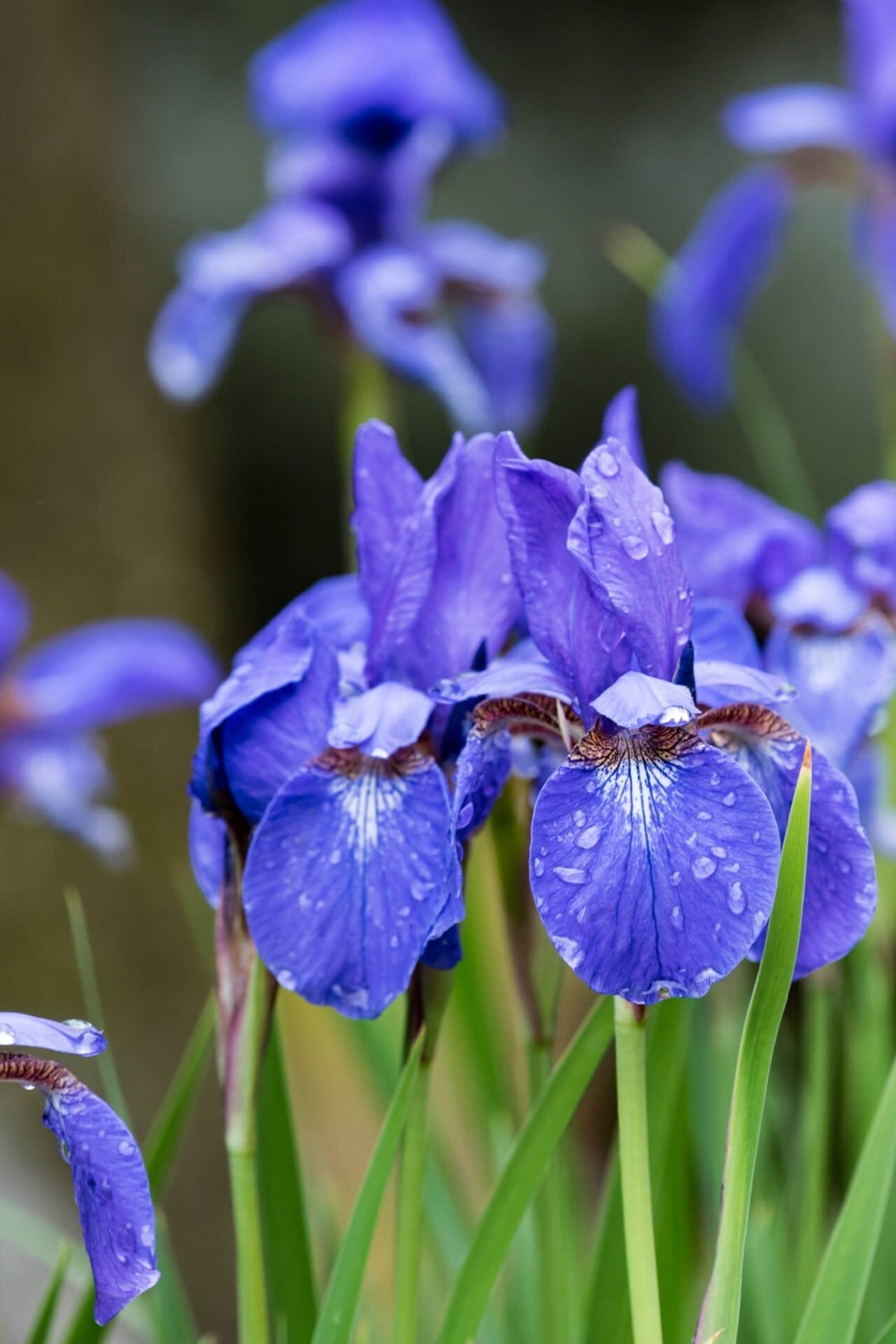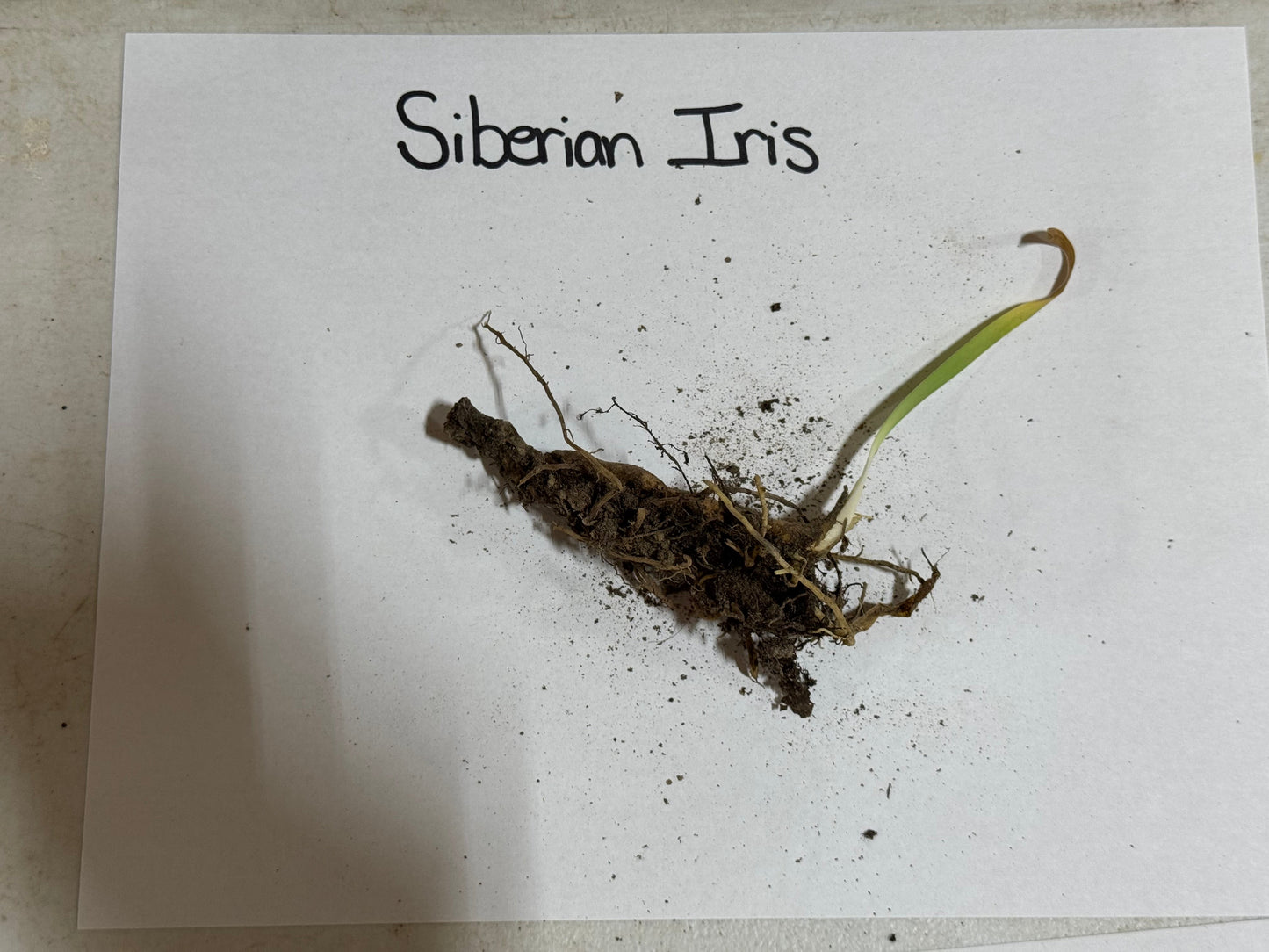Siberian Iris
Couldn't load pickup availability
Now
Iris sibirica - Siberian Iris
Siberian Iris is a popular perennial plant species widely known for its elegant appearance, bright blooms, and hardy nature. This iris species belongs to the Iridaceae family and is native to the cold regions of Europe and Asia, particularly Siberia, from which it derives its name.
Siberian Iris's Characteristics
The plant is a favorite of gardeners worldwide due to its outstanding features, such as its long, slender leaves and vibrant, colorful flowers that bloom in early summer. Some pivotal elements and characteristics make it such a beloved plant.
This Perennials Appearance and Growth
It is a clump-forming perennial growing up to 36 inches tall and 2 feet wide. It has long, narrow leaves that are typically green but can also be varied with shades of yellow, white, or blue. The plant produces a tall stalk with several buds that open into large, showy flowers with six petals. The flowers can be white, pink, blue, purple, or bi-colored, and their distinctive shape sets them apart from other iris species.
Cultivation and Care
It is a hardy perennial that is easy to care for, making it popular amongst gardeners of all experience levels. The plant prefers moist, well-drained soil and full sun to partial shade. It can tolerate various soil types, including sandy, loamy, and clay. The plant is also tolerant of drought and can thrive in regions with low rainfall. They can be propagated through seed or division. Seeds can be collected from the plant after the flowers have faded and can be sown in the fall or early spring. The division is typically done in the fall after the plant has finished blooming. To divide the plant, divide the clump into smaller sections, each with a few healthy roots and leaves.
Uses and Benefits
It is primarily grown for its ornamental value and is famous for borders, edging, and mass plantings. The plant is also suitable for growing in containers and can add color and interest to patio and balcony gardens. It is also known for its healing properties and has been used in medicine to treat various ailments, including inflammation, fever, and respiratory infections.
They boast intense colors and delicate flowers. Since they are vibrant and beautiful, these flowers are typically used to accent landscaping. The plants also make excellent border plants.
These Flowers Require little Maintenance and Last Long Once They Bloom
Siberian Iris can grow up to 3 feet but can also be as small as 1 foot, giving them lots of visual variety. Once they mature, they can produce more than 20 flowers.
Regarding hardiness, these flowers can grow in zones 2 through 9, making them a versatile and attractive plant to add to your garden. It is suggested that you grow them in the summertime along with perennials when you water them all during the summer.
When it comes to planting, they typically come to you with green leaves and a thoroughly washed root system. It is recommended that you plant these 1 inch under the soil and then cover them with soil until they are surrounded by 2 inches.
These little flowers enjoy average moisture so you could plant them close to a pond or lake. They would do well and add some extra beauty to your backyard! These plants need lots of sun, so you should plant them where they will have full light so you will have more flowers.
It can survive in partial light but will flower much more in full sunlight in climates that aren't too dry or hot. Once you have planted your plant and it begins to bloom, you can immediately enjoy those lovely little flowers in a vase or a bouquet. Cutting the flowers off and enjoying them will not hurt the plant.
This Is How Your Plants Will Look upon Delivery
Shipping date depends on the date displayed and chosen when you order from the product's page.
We do not offer warranties on products after 5 days past receiving your plants.





